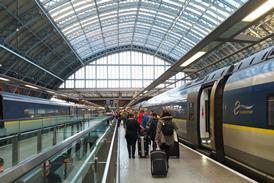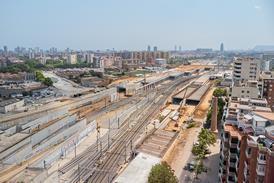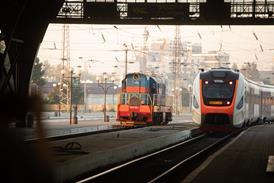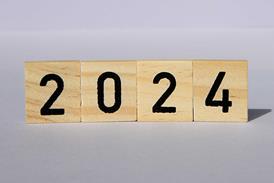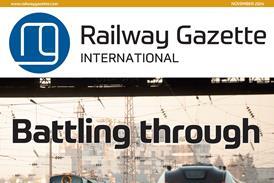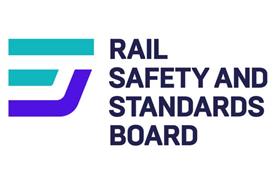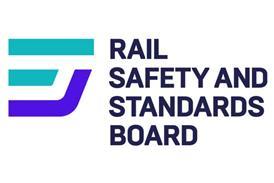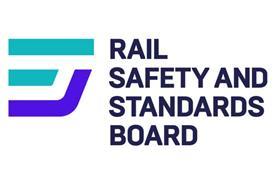ONE RESULT of Finland’s 1995 railway restructuring has been a marked increase in government funds for network development, which RHK Director-General Ossi Niemimuukko says is ’starting to rectify many years of under-investment compared to road spending.’ His top priority is ’bringing the core network up to modern standards’, through track renewals, realignments, automatic train protection and further electrification. Capacity expansion in the Helsinki suburban area is a co-operative venture between the state and the local municipalities (p 397).
The biggest single project now under way is a FM2·7bn upgrading of the Helsinki - Tampere main line, which has been rolling on for the past decade. This includes track renewal and realignment for 160 and 200 km/h operation, and the elimination of all level crossings, which impose a statutory speed restriction of 140 km/h. Upgrading of the Helsinki - Turku corridor was largely completed in 1997 ready for the launch of Pendolino S220 operations, and work is now under way on the route from Vainikkala to the ports of Kotka and Hamina which handles intensive Russian transit business.
Regular operation at over 140 km/h will also require the installation of ATP. This is to be installed on the three main electrified trunk lines by 2001, and the rest of the network by 2005, except for a few rural branches. Supplied by Adtranz Finland and based on the standard Adtranz Signal ATC used in Sweden, the equipment has been operational on Helsinki - Turku since 1997. Much of the Tampere line has now been fitted, together with parts of the Riihimäki - Lahti - Imatra corridor.
Electrification is another key element in RHK’s investment plan. 1998 saw the extension of 25 kV operation from Tampere to Rauma, and the branch to Pori goes live from June 1 this year. With the wiring teams on course to complete the cross-country link between Toijala and Turku by June 1 2000, RHK has launched a further programme to roll the electrification strategy forward. Tenders have been called for wiring the northern main line from Oulu to Rovaniemi and the branch serving the big Rautaruukki steelworks at Raahe.
RHK is currently preparing a submission for electrifying other main lines and busy cross-country routes, enabling VR to replace its ageing diesel fleet with further builds of Sr2 electric locos. This would cover four routes radiating from Joensuu to Niirala, Pieksämäki, Kuopio and Uimaharju, the Russian transit corridor from Vartius to Oulu and the connection from the central main line at Iisalmi to Kontiomäki, the branch from Seinaj

